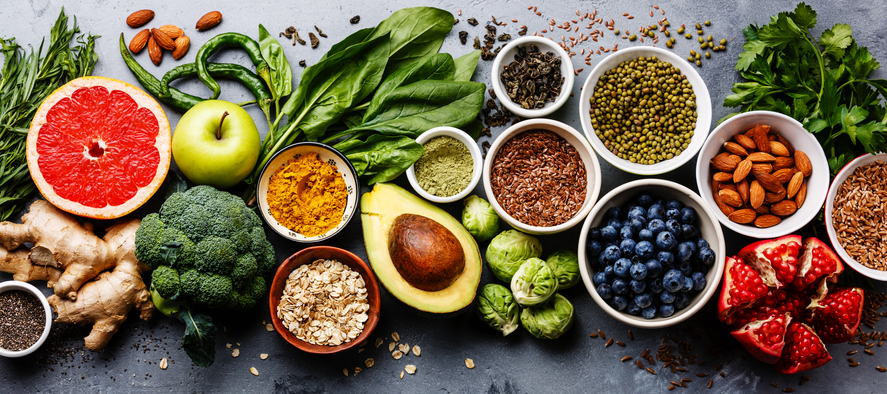#food #eyesight
“Lots of things affect our vision. Keeping our eyes healthy can be tricky. Moreover, I would say that the current lifestyle is completely against our eyes. But, we are part of this reality, and we cannot isolate ourselves or not keep up with it”— Paul Ebeling
A variety of, sometimes unexpected substances have a positive effect on our health. For example, here is the yellow pigment lutein in plants: it would seem that it simply colors fruits and leaves. In fact, its significance for the human body is enormous. Let’s get to know him better.
Most of the lutein in the body is concentrated in the eyes. There it performs the following functions:
- helps to improve visual acuity and detail distinction;
- strengthens protection against free radicals that form in direct light;
- reduces the flow of blue-purple light – the most aggressive part of the visible spectrum.
Lack of lutein in the body has consequences on vision: the clarity of the visible image deteriorates, the retina degenerates, the lens becomes cloudy and partial blindness occurs.
The richest foods in lutein are spinach, parsley and blueberries, but broccoli, Brussels sprouts, black currants, tomatoes, carrots, pumpkin and zucchini also contain large amounts of pigment.
Of the products of animal origin, only the yolk of a chicken egg can boast of the presence of this component, it contains 1 mg of lutein per 100 g. The digestibility of lutein increases with light heat treatment, so suitable vegetables can be sautéed, steamed, lightly fried or baked.
Other important elements for the eyes are vitamin A, as well as provitamin beta-carotene, which are responsible for hydrating the cornea and are an integral part of the retinal pigment. Therefore, 1 of the main signs of its deficiency is the so-called night blindness: a condition when a person practically does not see in the dark.
The record holders for vitamin A content among animal products are chicken yolk (0.25 mg / 2 pcs.) and butter (0.4 mg / 100 g). Orange vegetables and fruits, such as carrots, are rich in beta-carotene.
It is important to remember that vitamin A is fat-soluble, so it is better to season carrot salad with a small amount of vegetable oil or sour cream.
Vitamin E is another fat-soluble vitamin that is responsible for intraocular pressure and prevents retinal and iris changes. A sufficient amount of vitamin E in the diet serves to prevent the development of ocular tumors.
The best sources are wheat germ (one tablespoon of chopped sprouts contains your daily dose of vitamin E), nuts, unrefined vegetable oil, avocado, and spinach.
Zinc is a trace element that prevents premature aging of the lens. Without it, it is impossible to fully assimilate vitamins A and E, which I wrote about above. At the same time, this microelement is lacking in the diet of many people.
To avoid zinc deficiency, be sure to include sesame seeds, walnuts and other nuts, beef, peanuts, legumes, and eggs in your diet.
Polyunsaturated fatty acids omega-3 and omega-6 are involved in the synthesis of vitamin A from beta-carotene and prevent dryness of the cornea of the eye, as well as prevent the development of cataracts. Sources of these essential fatty acids are fatty marine fish (salmon, herring, mackerel), flaxseed oil, seeds, and nuts.
Now you see how much nature offers us, as it lends us a helping hand to save our eyesight.
We have a wide range of beneficial elements that, when combined correctly, can keep our eyes away from disease. Moreover, “food for the eyes” is not only healthy, but also very tasty.
Eat healthy, Be healthy, Live lively









